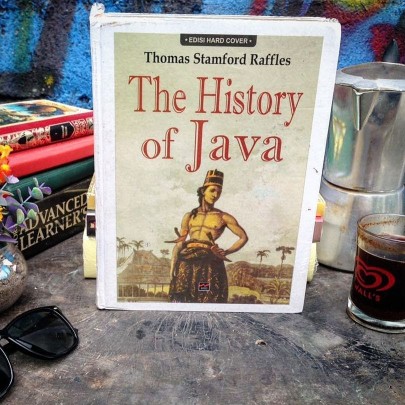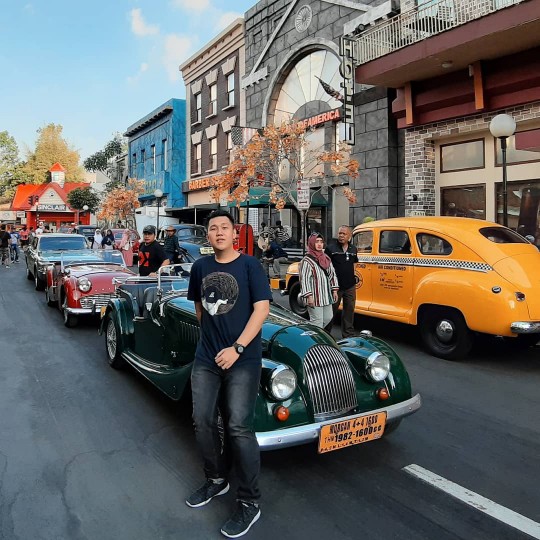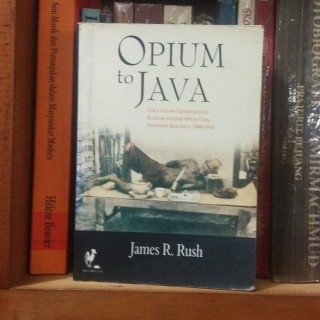javaprivatetour.com – Hey there, travel enthusiasts! Planning your next adventure to the enchanting island of Java? Well, get ready to be captivated by the allure of Semarang, where history meets mystique. In this article, we’ll be diving into the fascinating journey through time at Lawang Sewu, an architectural gem tucked away in the heart of Semarang, Central Java.
Lawang Sewu: A Glimpse into Indonesia’s Railway History
Picture this: an old colonial Dutch building standing tall in the heart of Semarang, near Tugu Muda. Dark, empty, exotic, and somewhat mystical—that’s the impression Lawang Sewu leaves on its visitors. The literal translation of Lawang Sewu is “a thousand doors,” although the actual count might not reach that number. Originally built as the headquarters for the Nederlandsch-Indische Spoorweg Maatschappij (NIS), a private railway company during the Dutch East Indies era, the building’s construction coincided with the history of Indonesia’s railways.
As you step into Lawang Sewu, you’ll immediately feel like you’re wandering through a corridor of a thousand doors. Each room boasts doors lined up in parallel, serving both as air circulation and facilitating the mobility of NIS employees.

Lawang Sewu’s Architectural Marvels
Lawang Sewu is more than just a historical site; it’s a masterpiece of architecture designed to suit the local climate. The building’s gallery surrounding it is equipped to handle rainwater and sunlight, while double gevel ensures natural ventilation and lighting within its rooms.
The architectural genius behind Lawang Sewu, G.C. Citroen, intentionally incorporated local elements, making the building stand out among colonial structures. The stained glass windows by J.L. Schouten, an engineer turned stained glass designer, remain one of Lawang Sewu’s main attractions. These windows are filled with symbolism, depicting the prosperity and natural beauty of Java, the diversity of flora and fauna, and the fusion of Western and Eastern cultural arts.
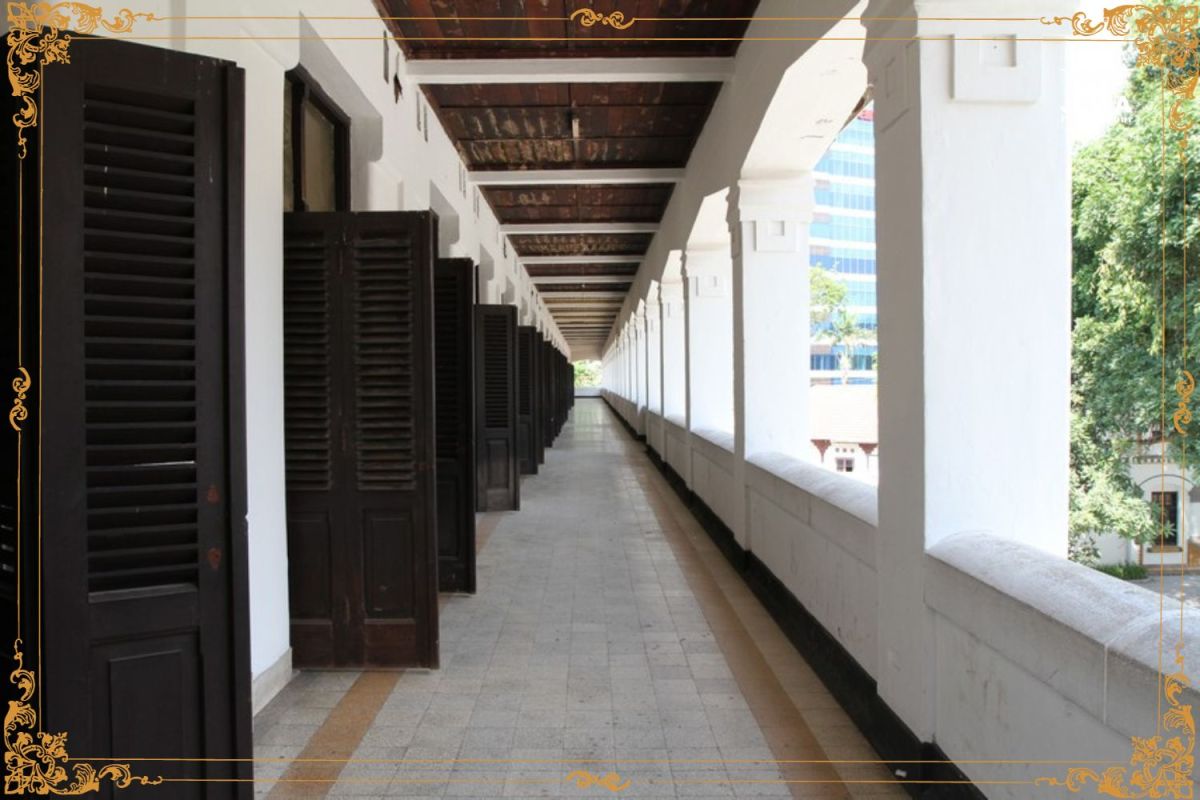
Lawang Sewu: A Fusion of Styles and Influences
Lawang Sewu proudly carries the Romanesque Revival architectural style, featuring simple arched elements. Its completion, with two facades and the use of towers, draws inspiration from medieval European corner buildings.
Abdul Malik, an architecture lecturer, notes that Lawang Sewu is a rare blend of foreign influences and strong local character, adapting to the climate and surrounding environment.
Journey Through Time: Lawang Sewu’s Transformation
During the Japanese occupation, Lawang Sewu underwent a significant transformation. It served as the office for Riyuku Sokyoku (Japanese Transport Authority) and even housed an underground prison for Kenpetai, the Japanese military police.
Despite its dark history, Lawang Sewu has emerged as a cultural landmark managed by PT Kereta Api Indonesia, functioning as the Museum of Indonesian Railways. This historical site, often dubbed the “Pearl of Semarang,” stands as a testament to the city’s rich past and is open for various events and activities.
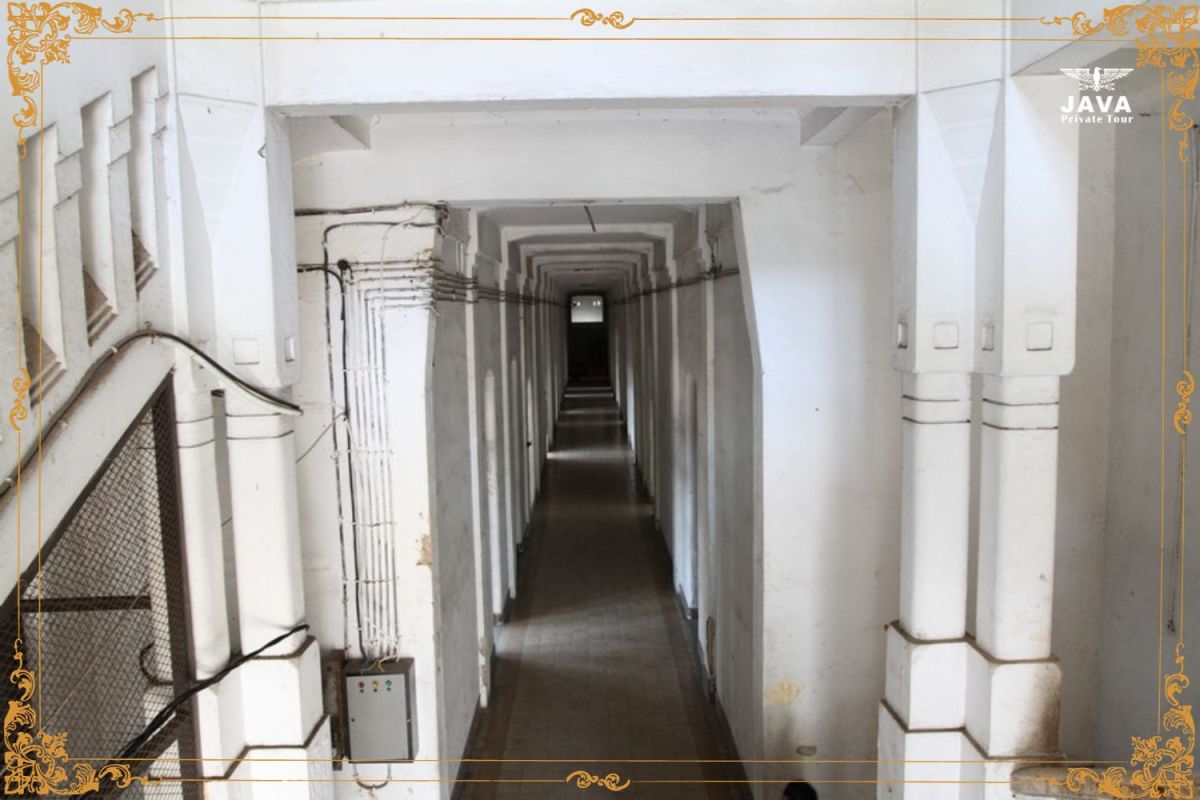
Java Private Tour: Your Gateway to Semarang’s Wonders
Now that we’ve taken you on a journey through Semarang’s captivating history, imagine exploring it with a friendly and knowledgeable guide. That’s where Java Private Tour comes in! Their English-speaking, certified local guides offer a flexible and personalized experience tailored to your preferences.
Java Private Tour not only provides professional local guides but also offers a range of private vehicles, from sedans to tourist buses. The team, including drivers and guides, is licensed and recommended by embassies of satisfied friendly nations.
So, for all you first-time travelers to Java, let Java Private Tour be your compass, setting the bar high for exploration and discovery. Uncover the wonders of Semarang with a touch of comfort and personalized service. BOOK HERE to embark on a journey that blends history, culture, and unforgettable experiences. Don’t miss out on making Lawang Sewu a highlight of your Semarang adventure!
You May Also Like
 Lost in Glodok: A Journey Through Jakarta’s Historic Chinatown
Lost in Glodok: A Journey Through Jakarta’s Historic Chinatown
 Unveiling the Historical Tapestry: Journey through STOVIA, the First Medical School in Indonesia
Unveiling the Historical Tapestry: Journey through STOVIA, the First Medical School in Indonesia
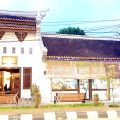 Unveiling the Timeless Charms of Rumah Oei, A 200-Year-Old Chinese Heritage House in Lasem, Java
Unveiling the Timeless Charms of Rumah Oei, A 200-Year-Old Chinese Heritage House in Lasem, Java
 Exploring the Charms of Magelang’s Cultural Villages: A Journey of Authenticity
Exploring the Charms of Magelang’s Cultural Villages: A Journey of Authenticity
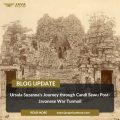 Ursula Suzanna’s Journey through Candi Sewu Post-Javanese War Turmoil
Ursula Suzanna’s Journey through Candi Sewu Post-Javanese War Turmoil



